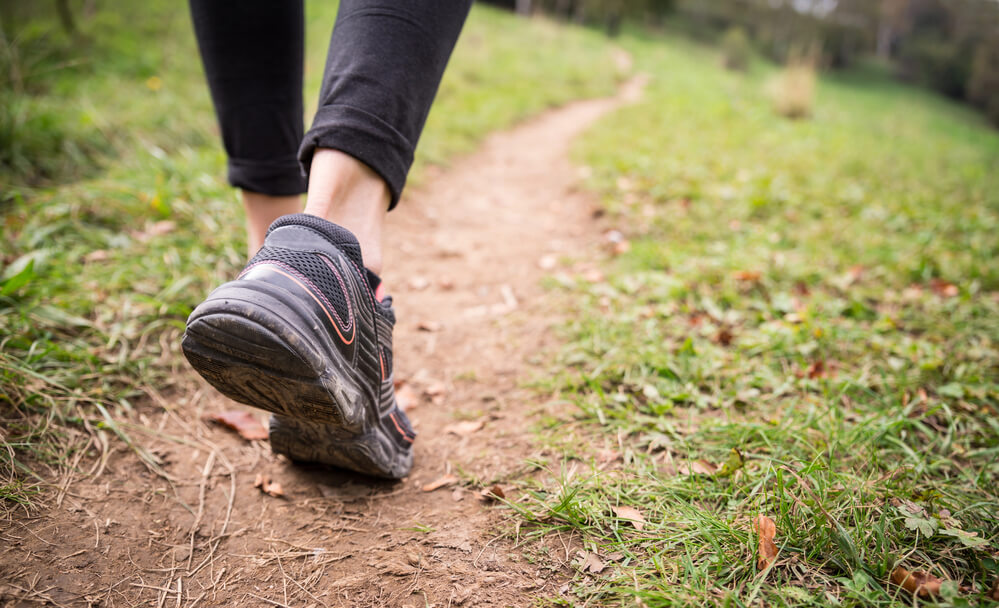I just walked about 90 km in six days along the Via Matildica del Volto Santo between Mantua and Lucca through the Appenine mountains in the Emilia Romagna region of northern Italy. This beautiful, lesser-known route, crossing regions once ruled by the formidable Countess Matilda of Canossa, offered a unique blend of physical challenges and the opportunity to connect with history.
As a geriatrician committed to enhancing the health and well-being of older women, this walk illuminated for me both the story of one of the most powerful women of the Italian middle-ages and underscored to me the vital interplay between social connections and mental and physical health.
Walking the Via Matildica connected with me in a very physical way as we traced the path of the Countess, an incredibly powerful woman, who played such an important role in the history of the region and someone who defied the odds and broke from the constraints and expectations of gender so prevalent in her day — an important recognition we don’t often grant women historically.
Every day, along with my small group, we walked through and immersed ourselves in history in a way that transcends what any lecture or book could provide. From castle to castle, and church to church, we travelled back a thousand years. The physical effort of these long days and countless hills, while difficult, still seemed trivial compared to what people experienced in the past.
As we progressed on our journey, the personal impact and benefits of this trip unfolded in various ways. At a very physical level, with our long days on the trail, and at a social level, with all of the rich connections made with my fellow walkers — and with history. The rewards of walking were apparent. The effort challenging but rewarding.
As a geriatrician whose work addresses discrimination women face based on their sex and age, this trip gave me much to reflect on — specifically, how a woman born in 1046 could become one of Italy’s most important rulers.
The Countess was able to govern lands that stretched from Lombardy through Emilia Romagna to Tuscany. She left a rich legacy along the mountainous route, including the promotion of new forms of agriculture in the region.
Recognized and revered over the past 10 centuries, she is one of the very few women entombed in Saint Peter’s Basilica in Rome, celebrated by a monument by Bernini. Thinking about her accomplishments and how she achieved them in an era where women’s roles were generally very different, gave me much to think about.
Far from the grandeur of Rome, we continued our walk along cobblestone roads with cliffside houses through small mountain towns. Our views were breathtaking. Our walking group of primarily women was accompanied by two wonderful Italian-speaking guides who were local to the region. They helped us first and foremost to not get lost on the ancient path. They shared stories about the villages we were walking through, the history of the castles and churches that we saw along the way, the people who lived there now and how Matilda influenced all of this.
This experience transcended language barriers, as we started to understand some Italian phrases and reciprocated by providing guidance on some of the intricacies of the English language that arose from conversations along the way.
While walking is one of the most beneficial activities for your physical well-being, equally important are the social connections that effortlessly form when you jointly experience the discovery of unfamiliar times and places together.
In this case, walking through many chestnut groves, we learned of their importance as they could be grown on the steep mountainsides where grains could not. Chestnuts were used to make flour and became a staple food source promoted by Matilda to help sustain the local population.
Fortunately, our trip coincided with the chestnut season, so they were a key ingredient in our dinners and the focus of a festival we encountered in a hill town where townspeople gathered to sing, dance and roast chestnuts over enormous open fires.
Emilia Romagna, the home of parmesan cheese, was covered in fields of the special grass and grains used to feed the cows that make the milk used for this famous cheese. We were regularly given small packages of parmesan cheese as our energy food for snacks along the hike to help fuel us as we hiked for miles passed these beautiful fields.
If you are fortunate to go on a trip in the near future, consider making it a walking adventure. But don’t wait for a trip. Recognize the power of walking wherever you are.
Photo courtesy of DepositPhotos



